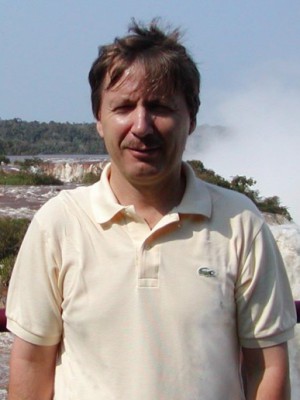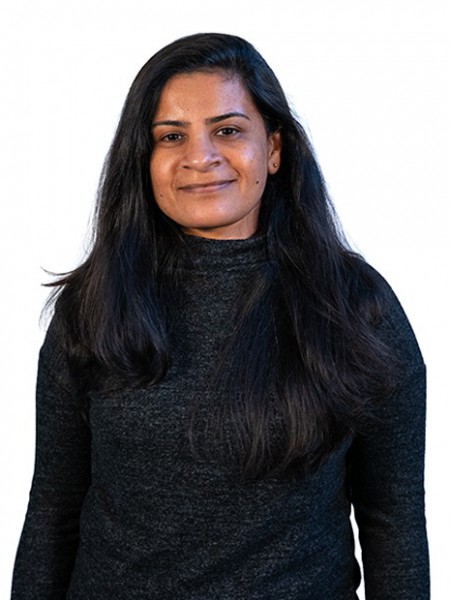abstract
In the present work, various grain size phenomena were studied in promising lead-free piezoelectric ceramics (Ba0.85Ca0.15) (Zr0.10Ti0.90)O-3 fabricated via chemical and conventional oxide methods. Phase composition was ascertained by the Rietveld refinement. Average grain size estimated from the microstructure was similar to 1.5 mu m in the sol-gel derived ceramic (SG-BCZT) which was much smaller than that obtained in coarse grained (similar to 27 mu m) sample prepared by solid state method (SS-BCZT). Systematic investigation of various functional properties viz. dielectric, ferroelectric, piezoelectric and impedance emphasized the profound influence of grain size effects. The increase in grain boundary volume fraction enhanced diffuseness while lowered the dielectric peak in SG-BCZT. Similarly, increase in elastic stiffness and progressive hindrance to domain wall movements, resulted in a decrease of the remnant polarization and the associated piezoelectric charge coefficient values in small-grained SG-BCZT sample. Accordingly, higher Young's modulus value of 158.3 GPa was observed in SG-BCZT as compared to 117.9 GPa in SG-BCZT. Local-area piezoresponse force microscopy (PFM) images revealed lamellar domains with periodicity 250 +/- 90 nm in SS-BCZT while small sized fractal-like irregular domains with an estimated domain width of 150 +/- 60 nm were registered in SG-BCZT. Complex impedance spectroscopy results along with grain boundary conductivity were also guided by grain size effect. The mechanisms of grain size driven effects and their impact on the functional properties were discussed. (C) 2018 Acta Materialia Inc. Published by Elsevier Ltd. All rights reserved.
keywords
PIEZOELECTRIC PROPERTIES; GRAIN-BOUNDARIES; DOMAIN-WALL; DIELECTRIC-PROPERTIES; STRONTIUM-TITANATE; PHASE-TRANSITION; T-C; SIZE; DEPENDENCE; SYSTEM
subject category
Materials Science; Metallurgy & Metallurgical Engineering
authors
Coondoo, I; Panwar, N; Alikin, D; Bdikin, I; Islam, SS; Turygin, A; Shur, VY; Kholkin, AL
our authors
Groups
G2 - Photonic, Electronic and Magnetic Materials
G3 - Electrochemical Materials, Interfaces and Coatings
acknowledgements
I. C. thanks the Foundation for Science and Technology, Portugal, for the financial support through postdoctoral research grant SFRH/BPD/81032/2012. The authors from University of Aveiro acknowledge CICECO-Aveiro Institute of Materials (Ref Fcr UID/CTM/50011/2013) financed by national funds through the FCT/MEC and, when applicable, co-financed by FEDER under the PT2020 Partnership Agreement. The research was made possible in part by Government of the Russian Federation (Act 211, Agreement 02.A03.21.0006) and RFBR (grant 17-52-80116-BRICS_a).




